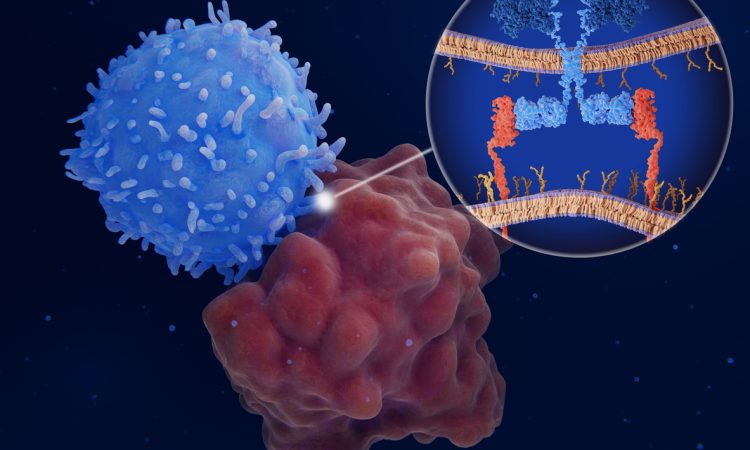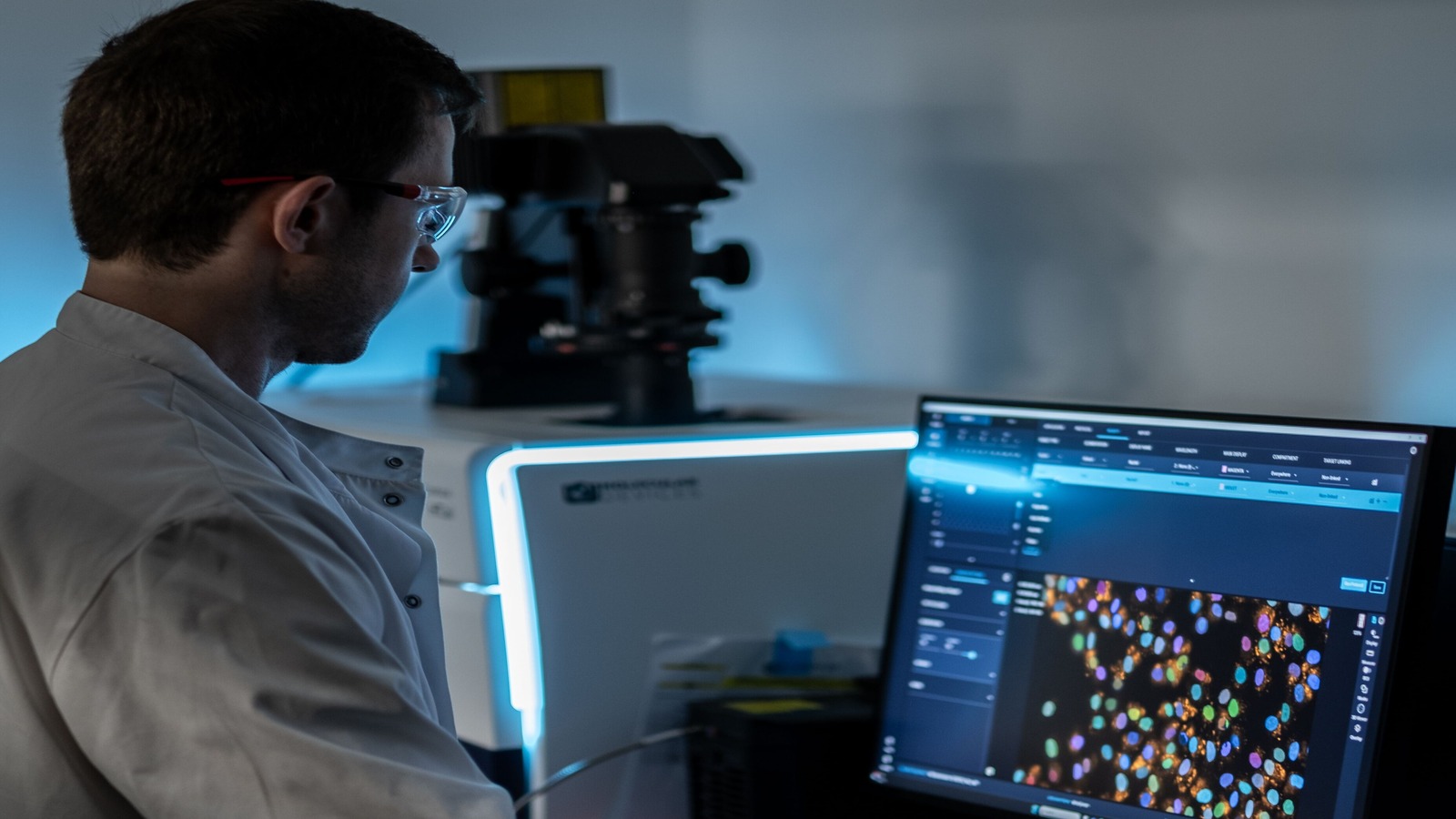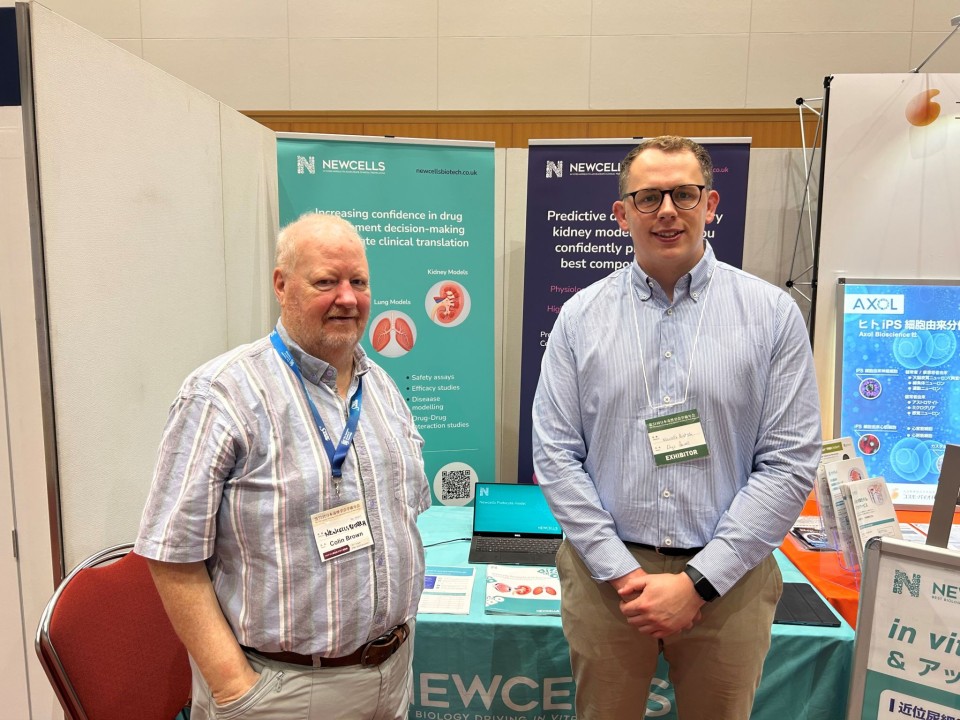Updates: Update

How is AI Impacting drug discovery?
How do you envision the role of AI evolving in the drug discovery process over the next decade? Colin Brown: “The role of AI in the discovery…
Read update
Scientific discussion with our CSO: what is next for in vitro models?
What are the latest trends for new in vitro models? There are really two trends. The first one, of course, is to make more physiologically…
Read update
Ask an expert: What are the latest trends in in vitro models?
What are the latest trends for new in vitro models? In the field, we have been talking about very complex models, so-called organs on chip,…
Read update
Latest advances in In Vitro models
What are the latest trends for new in vitro models ? I think the latest trend that we are seeing is in terms of the ability of…
Read update
Press Release : Newcells Biotech strengthens executive and US team with key appointments
Dr Valeria Chichagova appointed as Director of Technology, Dr Colin Brown as Chief Scientific Officer, and Professor Lyle Armstrong as Scientific Advisor New US commercial appointments also announced…
Read update
Latest Advances in CAR-T Therapy with novel HLA-typed in vitro cell tools
CAR-T Therapy CAR-T Therapy is a form of immunotherapy that harnesses the power of the patient’s immune system to target and eliminate cancer cells. It involves ex-vivo genetic engineering of…
Read update









